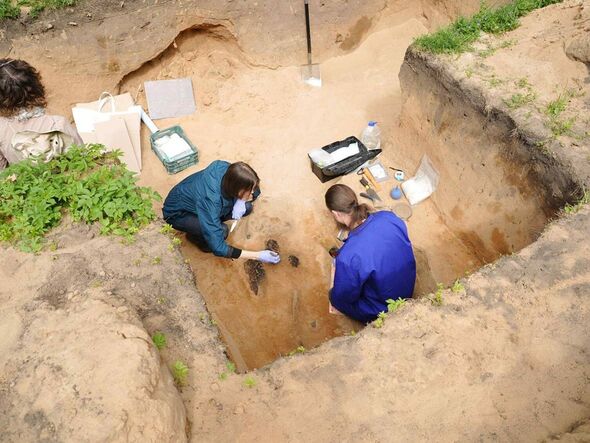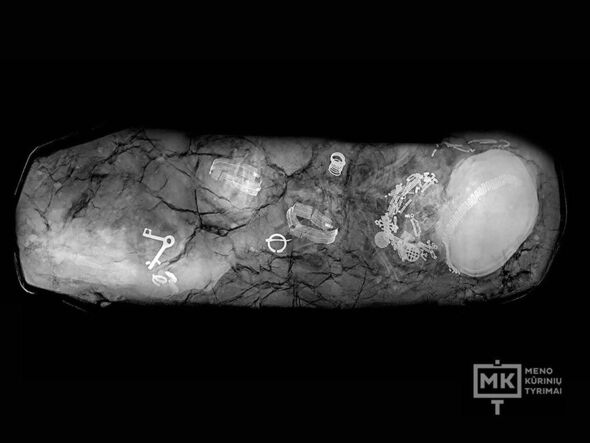The historians have reportedly excavated a section of Verki Regional Park this spring, the National Museum of Lithuania recently revealed.

Archaelogists have discovered 600-year-old secrets hidden under well-kept green grass and orange-tinged dirt near a walking path at a park in Lithuania.
The historians have reportedly excavated a section of Verkių Regional Park this spring, the National Museum of Lithuania recently revealed.
The park boasts greenery, forests and a large old manor, located on the outskirts of the European country’s capital city, Vilnius.
The museums said that the excavations at the park in 2008 uncovered a dozen graves and artifacts from medieval times.
The extent of the medieval cemetery remained a mystery ever since. Archaeologists hoped to solve that mystery finally.
READ MORE Pregnant women face huge risk in drinking tap water, scientists warn

During the recent excavations, archaeologists found another pair of 600-year-old burials, the museum said.
The graves dated to the same 13th to 14th century period as the rest of the cemetery.
One medieval grave belonged to a middle-aged woman. Archaeologists described it as abundant and exceptional.
An X-ray shows the 600-year-old jewelry adorning the woman. A crown made of coiled brass sits on her head.
Don’t miss…
Only people with eyes like a hawk can spot hidden number in under 7 seconds [INSIGHT]
You have eyes like a hawk if you can spot missing flip flops and flippers [REVEAL]
Weather maps turn dark red as a huge 121-mile wall of torrential rain to batter [SPOTLIGHT]
A necklace of shells, beads and metal hooks adorn her neck. A bracelet and rings decorate her hands, the museum said.
According to the archaeologists, the woman was likely buried in a cloak. Two keys and a ceramic pot were placed by her side, and a bell was left near her feet.
During medieval times, bells were believed to be protective items and often buried with women.
The second 600-year-old grave did not have as many artifacts, the museum said.
Trending
SUBSCRIBE Invalid email
We use your sign-up to provide content in ways you’ve consented to and to improve our understanding of you. This may include adverts from us and 3rd parties based on our understanding. You can unsubscribe at any time. Read our Privacy Policy
Archaeologists removed a large section of the graves and analyzed them in a laboratory.
The finds will be restored and transferred to the National Museum of Lithuania.
Lithuania is a northeastern European country bordering Latvia to the north, Belarus to the east, Poland and Kaliningrad, Russia, to the south and the Baltic Sea to the west.
Related articles
Sourse: www.express.co.uk





